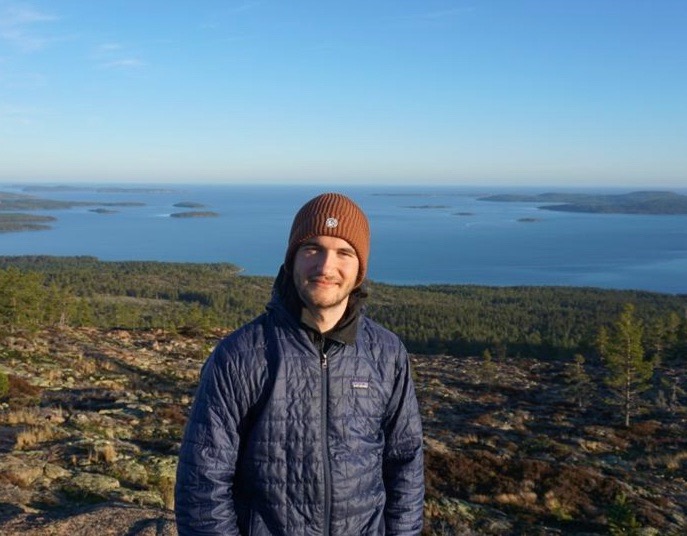Projects and Publications
Publications
Feature Distillation Improves Zero-Shot Transfer from Synthetic Images
Vision-language foundation models such as CLIP have showcased impressive zero-shot capabilities. However, their applicability in resource-constrained environments is limited due to their size and the resulting latency. Knowledge distillation allows to mitigate these challenges by distilling small image encoders that can replace the large CLIP image encoder. In a zero-shot setting, where only the class names are known, no real domain images can be used for this process. Instead, we investigate the use of synthetic images for this purpose. Unlike existing works that focus on improving the quality of synthetic images to bridge the performance gap compared to training on natural images, we find the choice of loss to be a crucial factor. Specifically, minimizing only the distance between the student and teacher image features, without incorporating image captions in the loss function, increases the robustness to spurious features and data corruptions. As a result, this feature distillation approach greatly improves the transfer performance from synthetic to real images. Leveraging these insights, we are able to train domain-specific students that achieve zero-shot performance comparable to a ViT-B/32 teacher on six fine-grained classification datasets while using up to 92% fewer parameters. Published in Transactions on Machine Learning Research (TMLR), November 2024, link video code.
Structural Benchmarking for Gene Regulatory Network Inference based on Single-Cell RNA Sequencing Data
In collaboration with Marco Stock, Jonathan Fiorentino and Antonio Scialdone we carried out a benchmarking study on algorithms for the inference of gene regulatory networks with respect to the preservance of topological graph properties as well as the definition and formation of hubs. As a joint first author I took care the theoretical foundations and carried out the experiments. Published in Bioinformatics, Volume 40, Issue 5, May 2024, link.
Study Projects
Randomized Diagonal Estimation
Implicit diagonal estimation is a long-standing problem that is concerned with approximating the diagonal of a matrix (function) that can only be accessed through matrix-vector products. For my master thesis, I worked both on theoretical and software-related aspects of implicit diagonal estimation. Therefore, I developed [RandomizedDiagonalEstimation.jl](https://github.com/niclaspopp/MultivariateDiscretization.jl, which implements existing and novel randomized methods for accomplishing this task in a scalable way. The practical applications of the provided algorithms extend across diverse domains such as network science, material science, optimization and machine learning. Additionally, I provide first-of-their kind convergence guarantees with corresponding proofs which can be found in my [thesis](https://niclaspopp.github.io/files/thesis_popp.pdf](http://kth.diva-portal.org/smash/record.jsf?pid=diva2%3A1811790&dswid=-3251). The project was presented at JuliaCon 2024 in Eindhoven.
Gene regulatory network inference from scRNA-seq data by incorporating prior knowledge with graph autoencoders
Together with Marco Stock and Antonio Scialdone we have developed a novel algorithm for the inference of gene regulatory networks from single-cell transcriptomic data which is based on graph autoencoders and has a focus computational efficiency. My part of the project was to present the theoretical background and assist the evaluation of the results as well as writing the manuscript (which is currently still in preparation).
Interaction Preserving Discretization Methods and Applications in Single-Cell RNA Sequencing Data Analysis
The project for my Bachelor thesis dealt with interaction preserving discretization schemes that were implemented and published in the form of a Julia package as well as their application to biological single-cell omics data. The project was supervised by Prof. Dr. Dr. Fabian Theis, Dr. Antonio Scialdone and Dr. Jonathan Fiorentino and the thesis can be found here.
Stochastic gene expression in mammalian cells
In 2021 I was granted the DAAD RISE scholarship to carry out a summer internship in the lab of Ramon Grima at the University of Edinburgh and was introduced into the usage of stochastic differential equations for the modelling of gene expression in mammalian cells. The main focus was on computational aspects of model reduction.
A Parallel Implementation of the Spectral Clustering Algorithm
As part of my coursework at KTH, I implemented a parellel version of the Spectral Clustering Algorithm using MPI in C. The building blocks of the algorithm are the QR method, parallel odd-even sort and k-means. The code can be found in this repository and the project report is uploaded here. The project was supervised by Niclas Jansson.
Exploring Neural Ordinary Differential Equations
For the project course in Deep learning for Data Science and KTH, Jannik Wagner, Katrina Liang and I were experimenting with Neural ODEs. First, we modelled the evolution of daily new COVID-19 cases in Sweden as an example for Time Series Analysis. Furthermore, we used generative models based on continuous normailizing flows in conjunction with simple densities as well as the MNIST dataset to sample new images. The implementation was done in Julia and Python based on Flux and Pytorch. The repository can be found here and the report is here.
Facial Expression Recognition Using Topological Data Analysis
During of the final project for the course “Topological Data Analyis” given by Wojciech Chachólski. Yuqi Shao, Lea Keller, Maxime Scali and I investigated whether topological data analysis can be used to achieve progress in the difficult field of facial expression recognition. Therefore, we experimented with the FER2013 dataset and used a computational framework based on higher homologies in Python. The results can be found in this repository together with the report.
